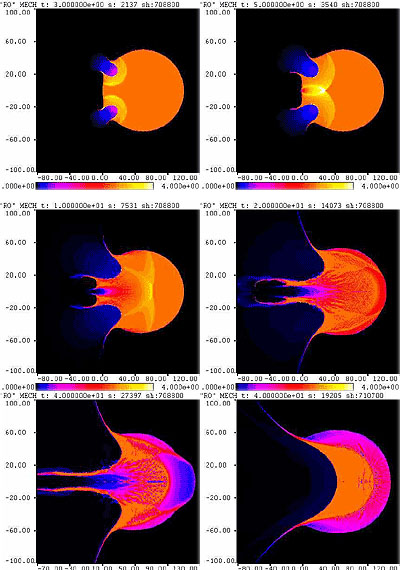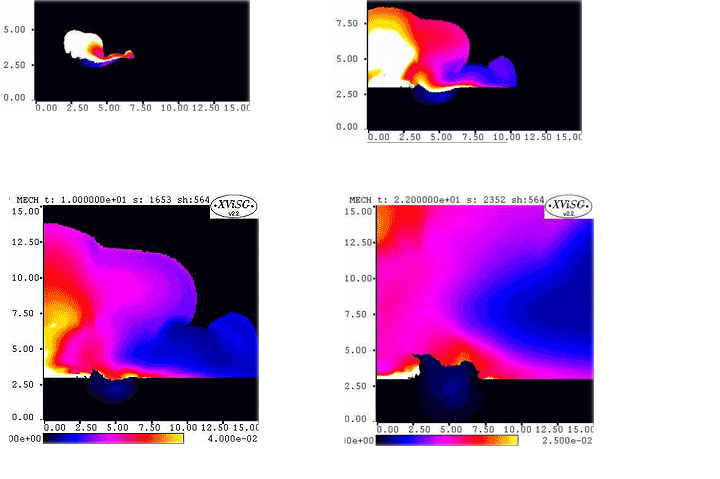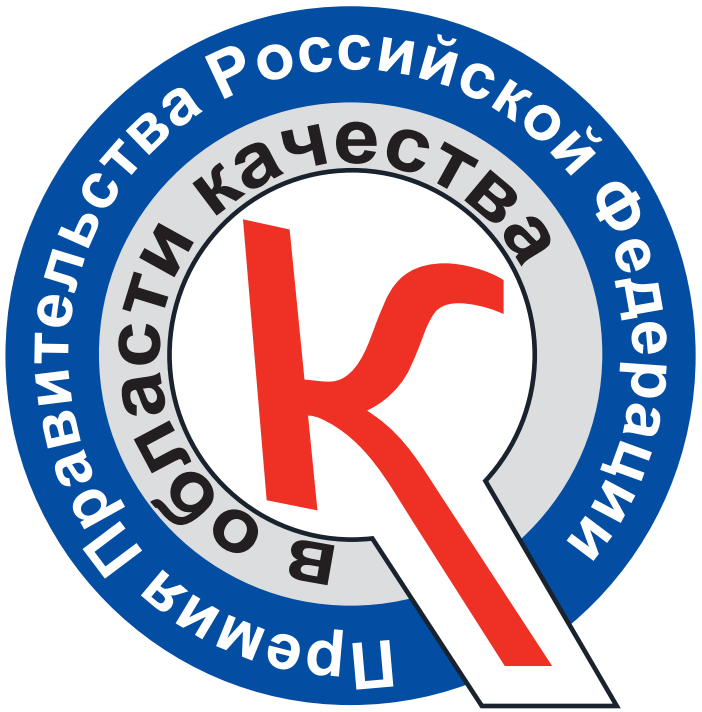Ideas of using nuclear charges to impact space objects appeared in 1960-s, when the USA and USSR were carrying out the work on using nuclear explosive devices (NED) for peaceful purposes. In the USA such work was winded down in 1973. In the USSR peaceful application of nuclear charges was of greater demand and the work continued up to 1988. At the end of 1980-s the discussion of outright ban on conducting nuclear explosions has started. It was also proposed to ban the peaceful use in order to eliminate a possibility of warhead improving under such pretence. “The Comprehensive Test Ban Treaty which Russia signed in 1996, provides for a mechanism to get potential permission. It is obvious for American and Russian experts from nuclear centers that a large-scale hazard of space body collision with the Earth is the case requiring emergency NED application”, – said the Deputy scientific director of RFNC-VNIITF Vadim Simonenko.
In 1991 Vadim Simonenko initiated research to mitigate asteroid hazard by using nuclear device. Task-force of the initiative included Vladimir Nogin, Oleg Shubin (nowadays the Director of Rosatom Department of design and testing nuclear warheads and military power units), and Dmitry Petrov (now RFNC-VNIITF chief designer). “The calculations were made using a supercomputer rather primitive by contemporary standards. In 1992 during the Zababkhin Talks we made a report considering all types of nuclear impacts on asteroids. In January 1993 together with Dmitry Petrov we presented our report in Tucsonе (USA), where the Professor of the University of Arizona Tom Gehrels conducted the Conference “Comet and asteroid hazards”. The similar work was performed in parallel by American scientists, then, in cooperation with Dr. Johndale Solem from the Los Alamos laboratory, we published these papers in eponymously-named monograph under the editorship of Professor Gehrels”, – told Vadim Simonenko.

Except for a nuclear charge there is no other energy source being capable of effective impact on large asteroids. Using conventional explosives it is impossible to change the trajectory or to destroy an asteroid as large as 100 m, not to mention asteroids of the size 500 m or 1 km. The main challenge in this initiative is to determine where these objects are and when the collision is predicted.
“If we have enough time left, then it seems possible to correct a trajectory of a 10-kilometer asteroid. But such unconventional problems should be considered very thoroughly: nuclear explosive devices must be correctly placed on the asteroid surface and explosions should be synchronized in order to prevent splitting into poorly controlled pieces. To implement such a multistage program we must be well aware of the asteroid properties, i.e. we must pursue quite complex investigations.
In 1994 the set of issues related to hazards of space collisions and their prevention was discussed at the Conference “Space protection of the Earth” held in Snezhinsk with the participation of American scientists from nuclear laboratories, universities, and NASA. Dr. Edward Teller was a member of the American party. He insisted on the need for in-space nuclear explosive experiments. Only few attending American scientists were supported this idea. We adhered to the position of fulfilling research programs without such experiments. The next year the Livermore Laboratory organized the Conference “The planetary protection”; 11 Russian scientists received an invitation for the Conference. During the Conference more or less common opinion was elaborated. At the same time, Edward Teller initiated the meeting on the necessity and capabilities in terms of collision predictions and monitoring of small space objects being smaller than the Tunguska meteorite”, – pointed out Vadim Simonenko.
The fall of the Chelyabinsk meteorite clearly demonstrated the correctness of this chosen direction of studies. The current scientific level of investigations and technologies was analyzed
at the Zababakhin Talks of 2014, 2017, and 2019. «As a further development of the work in the sphere of space protection of the Earth (SPE) we propose to conduct experimental studies of closely flying space bodies. Such bodies approach the Earth once a month or so. It is worthwhile to use such rendezvous to develop the methods of investigating their properties in the space, to provide the statistics of properties, to optimize the technology of handling a hazardous object and aiming at it. This will ensure the creation of a technical basis, accumulation of knowledge which will be the basis for future development of SPE technologies”, – noted Vadim Simonenko.
(Extract from the article “Only atom will protect the Earth from asteroids”, published in the newspaper “Strana Rosatom” August 8, 2017).


